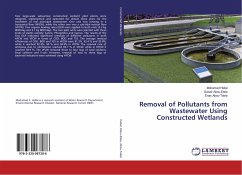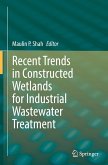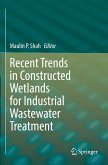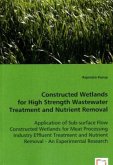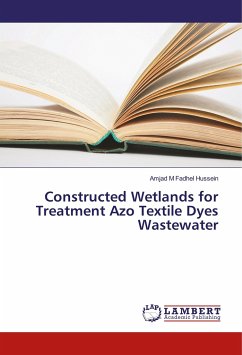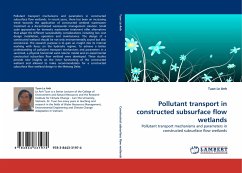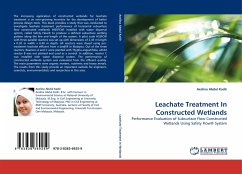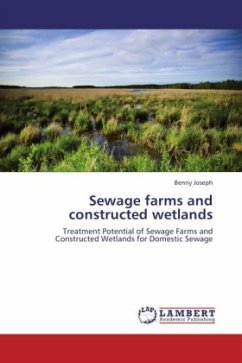Two large-scale subsurface constructed wetland pilot plants were designed, implemented and operated for almost three years for the treatment of real municipal wastewater. One unit was running in a horizontal flow (HFCW), while the other one was a sub-tidal vertical flow (VFCW). Two organic loading rates (OLR) were applied to both units (2.2 kg BOD/day and 3.1 kg BOD/day). The two pilot units were planted with three kinds of plants namely; Canna, Phragmites and Cyprus. The results of the first OLR indicated significant removals of different pollutants in both HFCW and VFCW in terms of COD, BOD and TSS. The average removal efficiencies of COD, BOD and TSS in HFCW were 91.2%, 93.4 % and 93.8%, while it reached 92.4%, 94 % and 94.9% in VFCW. The removal rate of ammonia due to nitrification reached 65.7 % in VFCW, while in HFCW it reached 59.9 %. The VFCW removed three to four logs of total coliform, fecal coliform and E-coli. However, removal of two to three logs of bacterial indicators were achieved using HFCW.
Bitte wählen Sie Ihr Anliegen aus.
Rechnungen
Retourenschein anfordern
Bestellstatus
Storno

